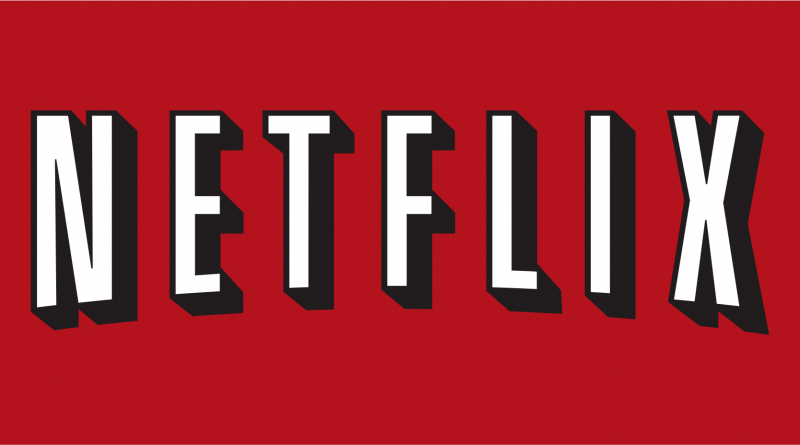‘13 Reasons Why’ and the Crimes of Complicity
By: Brett Slaughenhaupt – Staff Writer
“Shallow understanding from people of goodwill is more frustrating than absolute misunderstanding from people of ill will. Lukewarm acceptance is much more bewildering than outright rejection.”
While this famous quote from Dr. Martin Luther King, Jr.’s “Letter from a Birmingham Jail” is pointed directly at the white moderate, if you strip the context, that leaves it with the overlaying theme of the consequences related to complicitness.
To be complicit is to take on a passive role in any illegal or reprehensible acts occurring around you. If you are caught at a party with underage drinking, but you are not drinking, you are complicit to the illegal actions. This extends to any situation.
Our world is built on dichotomies – “if not this, then that” seems to be the all-encompassing message. You are either the hero or the villain, guilty or innocent, wrong or right. But what happens when we break apart this idea of black or white to create a morally ambiguous situation involving high schoolers and suicide? What does it mean for a young woman to be dead and for everyone and no one to be at fault? Netflix’s newest original series, “13 Reasons Why,” explores these questions over the course of 13 episodes and seven cassette tapes.
The series follows the events leading up to and directly following the suicide of Hannah Baker, a young high schooler. The narrative device that leads into these moments is the seven cassette tapes she recorded as her quasi-suicide note, each side directed at an individual who played a role in her death. These 13 stories bring us deeper into the lives of each person as we encounter moments of assault, bullying, betrayal of trust and friendship and school dances. Clay Jensen is our lead character, a friend of Hannah and the subject of one of the 13 stories.
Clay perfectly symbolizes the passivity that encapsulates what it means to be complicit. Scene after infuriating scene, we are subject to witness Hannah’s trauma while Clay stands off to the side looking wide-eyed and innocent, but never saying a word. Although he is not the one causing the harm, he is not doing anything to stop it. This causes a complete breakdown of the “nice guy” trope we so often see in movies, books and real life. This lack of action indirectly allows more harm to head towards Hannah. In any other series, Clay Jensen would undoubtedly be our hero to root for. But in this series, he is just another reason why.
This phenomenon and the curation of bystander apathy that stems from it wasn’t included for the sake of added drama and mystery. It very much exists outside of this series. It can be found in aspects of our everyday lives like drinking culture, rape culture, racism, heterosexism, the list goes on and on. For every person that personally inflicts the harm, there are countless others who notice it and willfully ignore it. But it is much more nuanced than the simple notion of “you live in a racist society, therefore you are inherently racist.” While that may be true to an extent, that is big picture and often hard to capture. The scope of our willful ignorance and acceptance, thereof, also gets into the small moments, too.
On UD’s campus, we see this no more often than on the weekends when everyone is out drinking. There is always that one person who had a bit too much, but you don’t say anything because you assume that their friend will or they’ll be fine regardless. What happens when that person ends up being sexually assaulted? Should some of the blame be put onto you because you chose not to intervene or are you completely innocent because you weren’t the perpetrator? When a specific population is being marginalized and those in power don’t speak on their behalf, they only further the climate of hate and ignorance. They are complicit to the actions of the oppressors.
After watching “13 Reasons Why,” a show also important for its conversations on mental health and teen culture, even though it isn’t perfect, hopefully it can initiate some kind of reflection on these major issues afflicting our immediate worlds. It is time to speak up.
Photo Courtesy of Wikimedia Commons.

